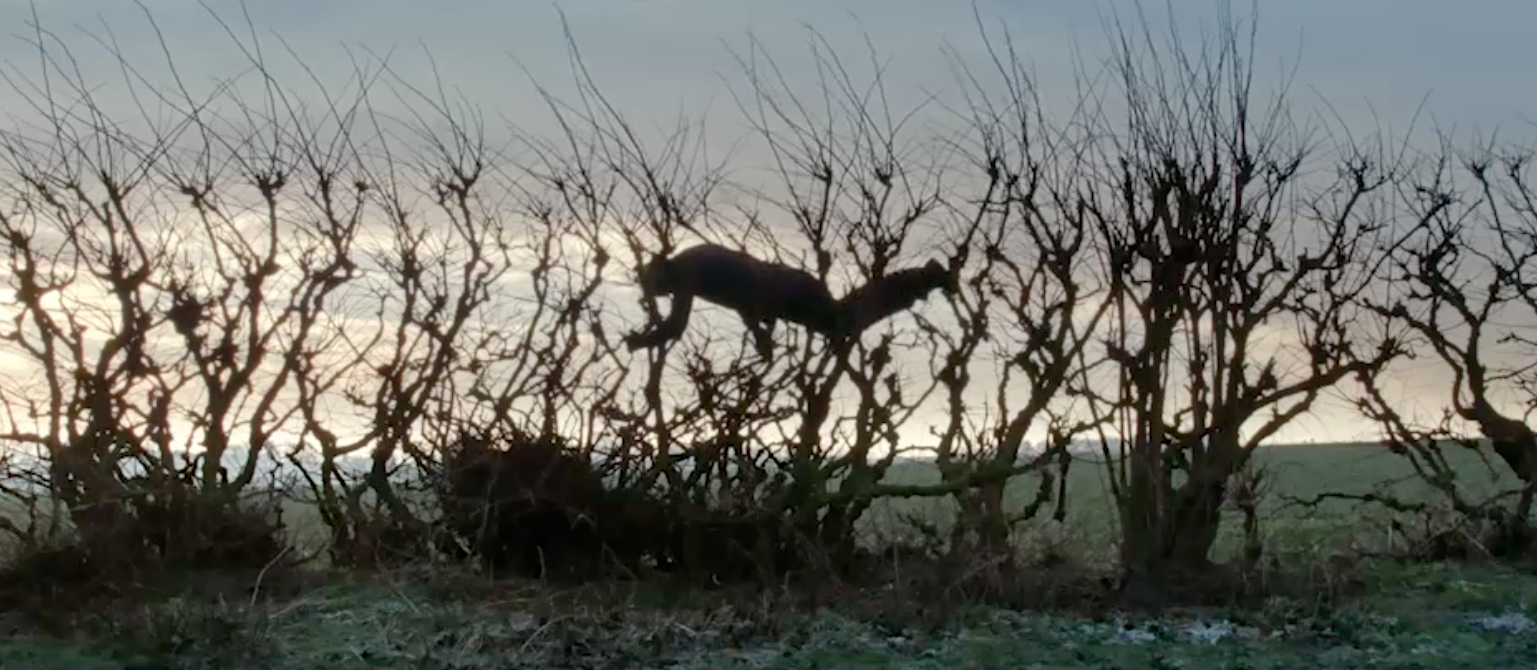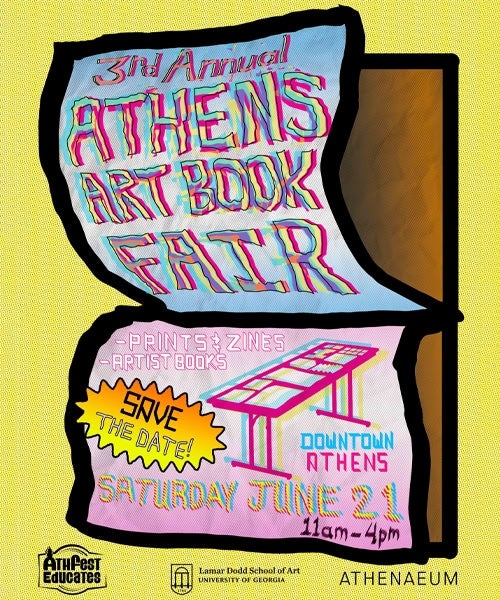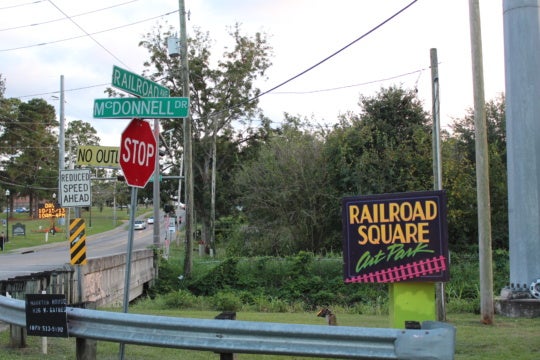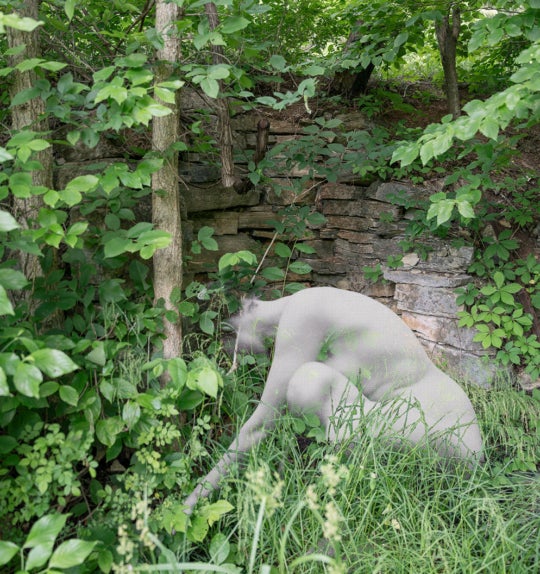
In the new documentary Leaning Into the Wind: Andy Goldsworthy, the artist confesses that it was his experience as a farmer that led the way to his current work as an artist. The repetitive labor and engagement with the earth became the fodder and inspiration for his uniquely ephemeral artwork.
For decades the British land artist has created often subtle environmental works that use nature as both medium and context, from forests to fields to quarries, in such locations as San Francisco’s Presidio, New Hampshire, Gabon and Brazil. In this latest documentary, Goldsworthy is shown engaging in a practice that can feel at times lyrical and poetic, and at others fey and New Agey, like the punchline in a YouTube video about ice artisan baristas or toast makers. As in the first documentary about his work, Rivers and Tides (2001), he charts the often overlooked operations of light, wind, erosion and current in a career founded on the happy accidents of nature’s labor. His work arrests our attention to nature, reminding us of its primacy.
The structure of German director Thomas Riedelsheimer‘s documentary is autobiographical and accommodating, allowing Goldsworthy to address the camera to describe the intent of his work as Riedelsheimer dutifully records process and outcome. Rather than critics or curators to weigh in, there is simply fly-on-the-wall observation and Goldsworthy’s descriptions of his methodology, which fans will no doubt find thrilling and others may find occasionally numbing. Riedelsheimer’s film affirms an intuitive, artist-driven view of the world, unmoored from a larger context within art history or the current art world.

Leaning Into the Wind points out a dichotomy in the work: both the assertion and the negation of the human. It’s hard not to see, for instance, a refutation of the centrality of humankind in his work in the way nature so casually erodes, destroys and goes about its business whatever intervention Goldsworthy proposes. His work points out the folly of endless human labor, of building and creation. The processes of nature are far more intense and lasting, apt to turn civilizations and their creations to rubble, as Goldsworthy observes in reconnaissance marches into the woods and forest with local guides to observe New England farmers’ stone walls, crumbling cemeteries or ancient French towns now swallowed up and reclaimed by overgrowth. He treats nature as a boneyard, a place of transition and violence where flux is commonplace.
But Goldsworthy is also inserting and activating a human presence into the landscape. Goldsworthy speaks at several moments in the film, about feeling a human presence in the rubble and vacated buildings where people once lived, and in the same way he continues that process of leaving a poetic trace of the human in pristine nature. Riedelsheimer enunciates a disquiet in the work via Fred Frith‘s avant-garde electronic score that amplifies the Blair Witch Project spookiness of that effect, of an uncanny and unexpected assertion of the human hand in the wild.

Goldsworthy is an ideal subject for a film about an artist with his slightly elfin, grinning expression and cropped white hair, and his open, playful, childlike engagement with the world. He’s a sprite and a gentleman farmer in waxed cotton coat and wellies and certainly the neighborhood’s resident eccentric. “I’m still just trying to make sense of the world,” Goldsworthy asserts, and that sense of exploration and plain fiddling is abundant. A 1999 home movie of Goldsworthy creating a project with his small children only serves to underscore the element of play in his creativity. Looking like the coolest dad ever, Goldsworthy in those movies essentially builds “forts” in the woods with his delighted offspring, and today he continues to enlist his artist daughter Holly in the family business, as she helps him realize his artworks. That ongoing sense of play is illustrated when he and Holly lay bright red fall leaves like a border wall on a wet stone staircase in bustling Edinburgh, a project that feels part lark, part experiment in human behavior as pedestrians veer to avoid that visual crack.
At times, Goldsworthy’s work has a performative quality that veers into the nutty, as when he lies on city streets allowing rainfall to mark the imprint of his body on the sidewalk. His work is an exercise in quiet and saintly patience; how he doesn’t tear his hair out as a fierce wind whips away the bright yellow leaves he gingerly wets and places on stones is evidence of his stalwart belief in both process and the righteousness of nature to assert its own agenda.
At another moment Riedelsheimer films a leafy tree that’s vibrating and shuddering next to a city sidewalk, as passersby move past, slightly confounded by the sounds of huffing and puffing coming from within its boughs. But it’s only Goldsworthy, performing his nature parkour, climbing the jungle gym of the tree before casually stepping back out onto the sidewalk. In the countryside, he’s shown scaling a row of skeletal trees against a moody sky on a Dumfriesshare, Scotland, road like a gothic, Brontë heroine by way of Chris Burden, his body set in shadow against the sky like a humanoid limb. While others do Stairmasters, Goldsworthy does trees.
It is clear from watching Leaning Into the Wind that, for Goldsworthy, the labor, the action is as much a pleasure as the concept or the end result. Rather than art school grads and aspiring artists as his helpmates, Goldsworthy employs stone masons, working men with chainsaws, to execute ambitious projects like a gulley carved into the earth and flanked by cleaved boulders in New England, that allows his audience to literally inhabit a wall, while also playing into Goldsworthy’s ongoing theme of entombment. Process is so integral and intentional, he finds himself skittish about a project that might require him to cut into the bedrock to achieve his desired outcome. “I can’t do it” he confesses to the camera, finally deciding after some painful deliberation.
The film is a palette of limey greens of leaves, gray skies and sidewalk, and the occasional pops of road sign yellows and reds in fall leaves that he uses to form lines snaking through both urban and forest terrains. Some of the works are monumental; humanoid nests of limbs reaching to the ceiling like an inverted basket, while others are slight to the point of blowing away in a stiff breeze. His work can be dirty and rough-hewn and then suddenly morph into a piece of Terrence Malick pastoral poetry as he and Holly stand in a field of poppies gathering blossoms for his next piece.
At one point on his many nature treks and research odysseys, Goldsworthy stops in the woods to watch ants burrowing a highway into the earth. At first, your attention is arrested. Is it a Goldsworthy? No, just nature, doing its thing. And this time he’s the spectator.
“Leaning Into the Wind” opens tonight in Atlanta at Landmark Midtown Art Cinema. It is also playing at the Speed Art Museum in Louisville (through March 25) and the Grail Moviehouse in Asheville (through March 29).
Upcoming opening dates in the South:
March 30 at the Belcourt Theatre, Nashville
April 9 at the Carolina Theatre, Durham
April 13 at the Violet Crown, Charlottesville, WV
May 4: Chelsea Theater in Chapel Hill, NC, and Aperture Cinema in Winston-Salem, NC





